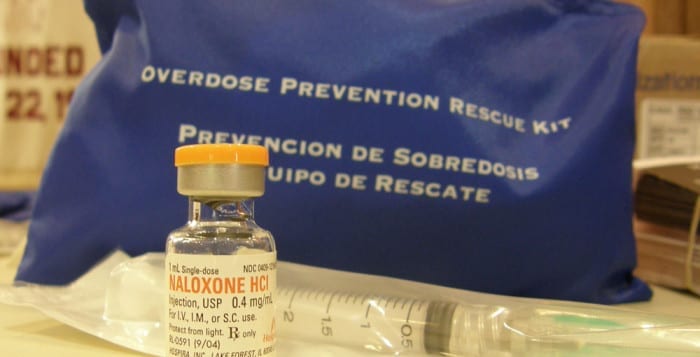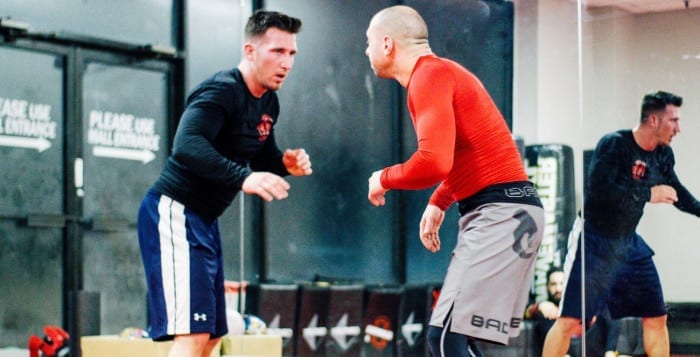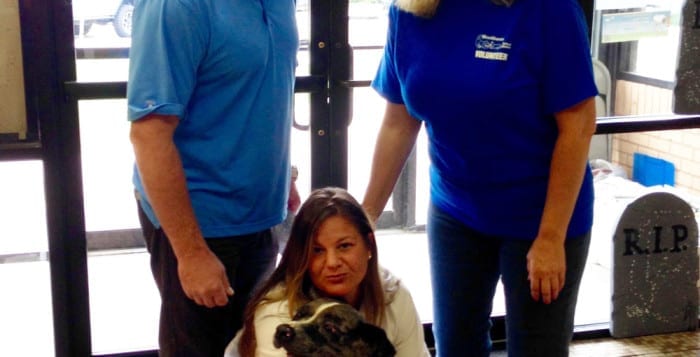Some people watch mixed martial arts fights on television and think “that’s brutal,” or “that’s barbaric,” or “that’s too violent.” Some don’t know what it is at all.
But North Shore native Devin Mollberg described the anything-goes, hand-to-hand combat style differently.
“It’s really exhilarating…It’s just an adrenaline rush,” said Mollberg, a 28-year-old Ward Melville High School graduate and a veteran of the United States Marine Corps, about his favorite pastime. Mollberg grew up in Stony Brook, where he returned home from Afghanistan following his second tour of duty in late 2014. His first tour deployed him to Japan and South Korea. During his enlistment, he was stationed in Twentynine Palms, California.
“It’s kind of a tough transition,” Mollberg said in an interview last week about adjusting back to home life after four years in the military. “It’s kind of like, you leave home and then when you come back four years later everything’s a lot different. So it’s kind of tough getting back into the routine of things.”
Mollberg, like countless other veterans, said he realized the importance of finding ways to regain a feeling of normalcy upon returning home. Mixed martial arts has provided him with that.
“I started doing Brazilian jiu-jitsu when I was a teenager,” Mollberg said. “I’d always trained jiu-jitsu and boxing even throughout my entire enlistment. I would train at schools in California.”
Mollberg has been involved in two jiu-jitsu tournaments in his life, one in Okinawa, Japan, and one in 2015 in St. James. He said he decided to use his boxing, jiu-jitsu and military training blend to pursue a mixed martial arts career. Generally speaking, the most successful MMA fighters tend to use a seamless blend of multiple disciplines to create their own style.
He gave MMA a full endorsement as a way for veterans to channel some of their emotions upon returning home.
“It’s definitely a great thing for veterans to get into,” Mollberg said. “It helps you stay calm.”
“Devin’s a goal-setter and a go-getter,” Nick Galatro, a friend of Mollberg’s for about a decade, said in an interview. “When he puts his mind to something he won’t stop until he gets it and he’s probably the most humble guy I know. You will never hear how great he is from his mouth,” Galatro said.
“It’s just an important skill set that I think is something that you should have,” Mollberg said about what initially drew him to fighting. “It’s definitely a passion of mine. I love fighting.” Some of his other passionate interests include rooting for the New York Jets and Knicks. He follows the Jets with the same intensity as a cage fighter.
Though he hasn’t yet been in an MMA “cage fight,” his training and preparation are currently geared toward making that debut in 2016. Mollberg trained for the Brazilian jiu-jitsu tournament in 2015 at Red Dragon Jiu-Jitsu in Centereach. He is in the process of selecting a suitable gym for his foray into MMA.
Long Island natives have experienced some success in the Ultimate Fighting Championship, mixed martial arts’ most popular governing organization.
Chris Weidman, who fights out of Baldwin, spent time as the UFC middleweight division champion. Chris Wade of Islip won his 11th professional bout in a UFC match Sunday.







